I have a dataset like this (don't look at column 4,5 and 8)

These are temperature and humidity measurements at different days of the year (january to august), taken by different sensors (8 in total) at different timestamps of the same room. The final df has more than 100.000 rows. I wanted to study temperature and humidity trends for those months, trying to detect anomalies within the same sensor (maybe one of them has outlier records) and between ALL sensors (I would like to detect sensors which had wrong temperature and/or humidity entries compared to others). What would you do? Which algorithms would you use? Any suggestion would be like gold to me